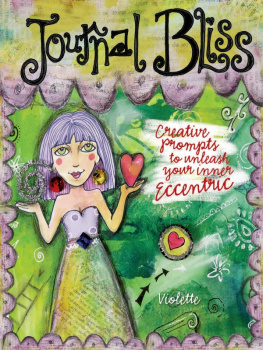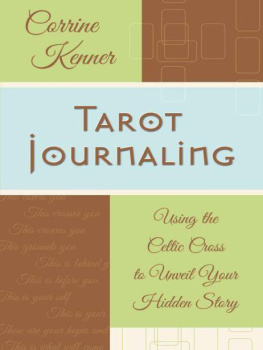Rakefet Hadar - Layers of Meaning: Elements of Visual Journaling
Here you can read online Rakefet Hadar - Layers of Meaning: Elements of Visual Journaling full text of the book (entire story) in english for free. Download pdf and epub, get meaning, cover and reviews about this ebook. year: 2021, publisher: Stackpole Books, genre: Home and family. Description of the work, (preface) as well as reviews are available. Best literature library LitArk.com created for fans of good reading and offers a wide selection of genres:
Romance novel
Science fiction
Adventure
Detective
Science
History
Home and family
Prose
Art
Politics
Computer
Non-fiction
Religion
Business
Children
Humor
Choose a favorite category and find really read worthwhile books. Enjoy immersion in the world of imagination, feel the emotions of the characters or learn something new for yourself, make an fascinating discovery.

- Book:Layers of Meaning: Elements of Visual Journaling
- Author:
- Publisher:Stackpole Books
- Genre:
- Year:2021
- Rating:3 / 5
- Favourites:Add to favourites
- Your mark:
Layers of Meaning: Elements of Visual Journaling: summary, description and annotation
We offer to read an annotation, description, summary or preface (depends on what the author of the book "Layers of Meaning: Elements of Visual Journaling" wrote himself). If you haven't found the necessary information about the book — write in the comments, we will try to find it.
Express yourself in a visual journal!
With the ideas in this book, you will learn to create mixed media pages that express your soul and create a path to healing, internal freedom, and the sparking of passion.
Visual Journey Journaling is an innovative artistic method taught by Rakefet Hadar and made up of seven elements: Intention, Magical Coincidence, Background, Images, Lines, Color, and Text. Visual Journey Journaling invites you to a fascinating world where you connect with your hidden inner artist to create soul pages using simple techniques and subtle guidelines to take a look inside yourself. Rakefet has taught these methods for many years, guiding even inexperienced artists to find and express the stories within themselves.
In the first chapter of the book you will learn how to master the seven elements in your journal. There are many fun exercises and a step-by-step tutorial of how to start a simple journal. Next you will learn how to make a soul page with the seven elements. You will explore a variety of materials and how to work with them to find and create your pages. You will learn to build your journal and how to bind it into a finished book. Throughout the book and in the final section, youll see and find the meanings in Rakefets stunning private art journal pages and read her stories behind them.
Rakefet Hadar: author's other books
Who wrote Layers of Meaning: Elements of Visual Journaling? Find out the surname, the name of the author of the book and a list of all author's works by series.












